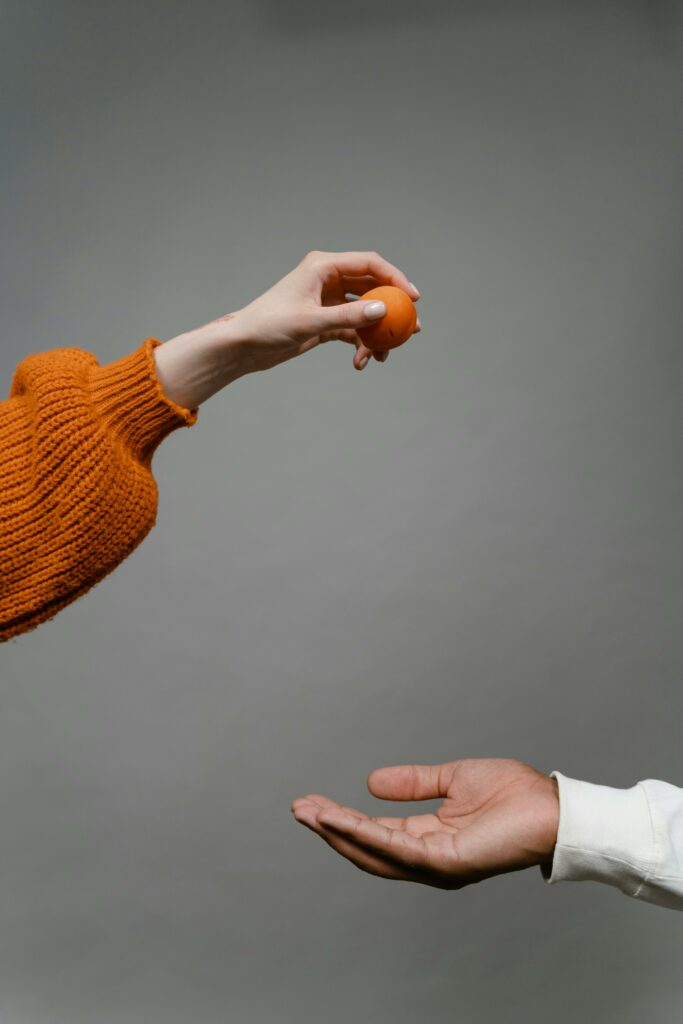May 28, 2013

When I was in 9th grade I attended an encounter group weekend designed to get us teenagers more comfortable with ourselves. The first thing we did was a “warm-up” exercise so we could “get to know each other.” What did we do?
We stood in a circle and passed an orange around the circle, not with our hands, but by holding it under our chins and passing it to the next person’s chin! Whoa! Talk about getting to know one another quickly.
What did the orange passing have to do with what we were there to learn? Nothing. In fact, it very likely made most of us less comfortable with ourselves. These trainers were unclear on the principle of SAFETY!
So what good are warm-ups? When well-done, they’re great. At GLP we do some learning tasks with warm-ups during our Advanced Learning Design class. Here’s what we like to say about them.
Warm-ups are thoughtfully created tasks completed early in a learning event that:
- Directly relate to the content that will be learned;
- Gently bring people’s attention to the work at hand;
- Invite the learner’s perspective, linked to the event’s content;
- Engage while building respect and safety;
- Begin modeling facilitation skills such as waiting and affirming;
- Honor the primacy principle (what comes first is most remembered);
- Bring people in; connect them to each other, and to the topic;
- Activate prior learning.
Warm-ups are meaningful, robust and have a purpose related to the group and the content; they are not activities that, once completed, are quickly forgotten (unless there are oranges involved.)
Take a look at these 17 Warm-Up Examples, developed by Darlene Goetzman, Certified Dialogue Education Teacher and co-owner of GLP.
What warm-ups have you successfully employed?
*****************
This post is by Joan Dempsey.



